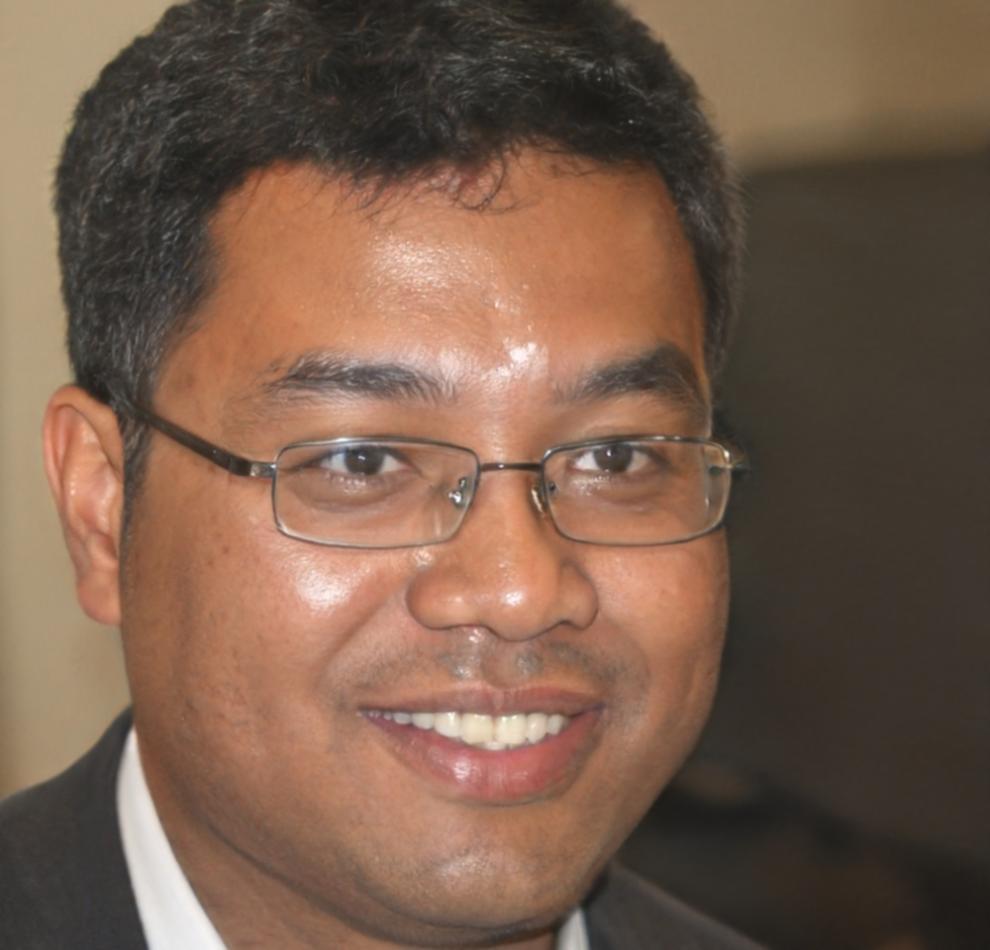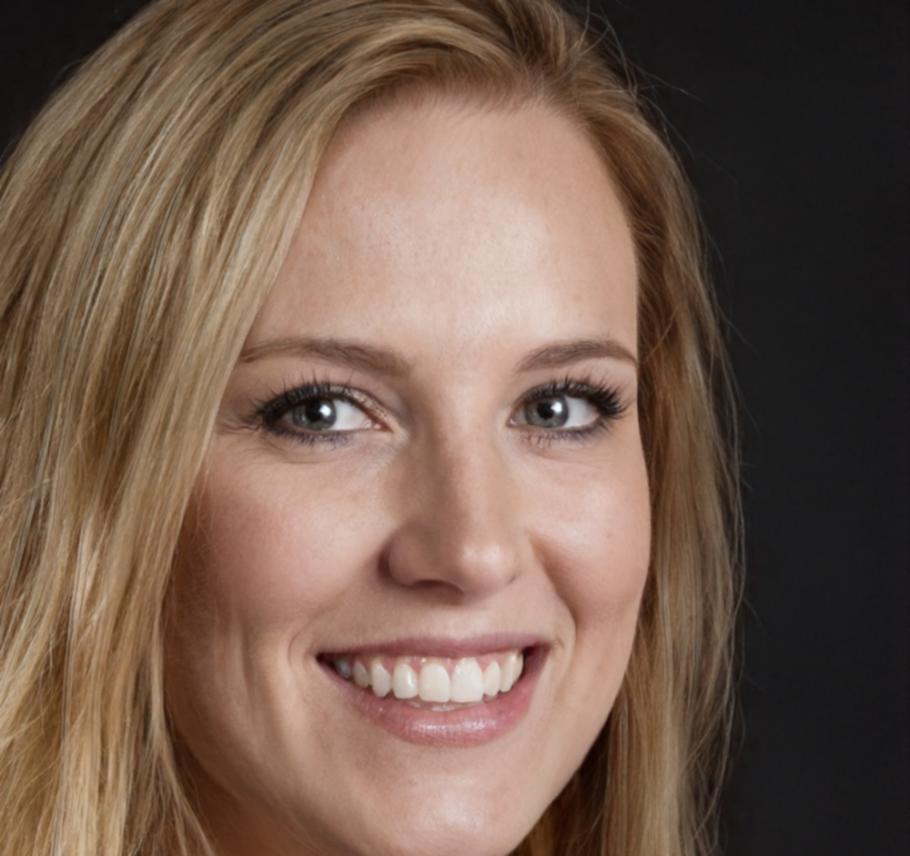Financial Modeling That Actually Makes Sense
Most people think financial modeling is just about spreadsheets and formulas. After working with businesses across Vietnam for the past eight years, I've learned it's more about understanding stories hidden in numbers. Our program focuses on practical skills you'll use from day one — not theoretical concepts that gather dust.
Starting September 2025, we're bringing together a small group of professionals who want to build genuine expertise. No shortcuts or overnight promises. Just solid training that respects your time and intelligence.
Real Projects First
Work with actual business data from the first week. You'll build models that mirror what companies need, not academic exercises that waste your time.
Industry Context
Each module draws from real scenarios we've encountered. Manufacturing cash flow challenges, retail expansion analysis, service business planning — context that matters.
Feedback Loops
Small cohorts mean your work gets reviewed properly. We point out what works and what doesn't, so you actually improve rather than just completing assignments.
Curriculum Built Around Business Reality
We've structured this around six core areas. Each one builds on the last, but you're always working on something tangible. Theory comes when you need it to solve actual problems.
Foundation & Framework
How to structure thinking before touching Excel. Most mistakes happen here — building on shaky assumptions or incomplete data understanding.
Revenue Forecasting
Moving beyond basic multiplication. You'll learn to spot patterns, account for seasonality, and build assumptions that hold up under scrutiny.
Cost Analysis
Where money actually goes in a business. Fixed versus variable costs matter less than understanding cost behavior under different scenarios.
Statement Integration
Income statement, balance sheet, cash flow — how they connect and why that matters. This is where everything starts making sense as a system.
Scenario Planning
Building models that handle uncertainty. What changes when assumptions shift? How do you present multiple futures without overwhelming decision-makers?
Presentation Skills
A brilliant model that no one understands is useless. You'll learn to communicate findings clearly to people who don't live in spreadsheets.

How The Program Unfolds
Nine months from fundamentals to confident practice. We start slow and build momentum as concepts click into place. Most participants tell us things accelerate around month four when patterns become visible.
Building Your Foundation
This phase feels straightforward but it's critical. You're learning to see businesses as interconnected systems rather than collections of numbers. We cover basic modeling principles while you work on simplified versions of real projects.
Weekly sessions alternate between concept introduction and hands-on application. Expect to spend about 6-8 hours per week including session time. You'll complete three foundational projects that progressively increase in complexity.
Complexity and Integration
Now things get interesting. You're working with full business models that reflect actual market conditions. We introduce valuation concepts, capital structure considerations, and industry-specific challenges that add layers of realism.
Your projects now mirror what analysts handle professionally. Time commitment stays similar but the work feels different — less guided, more exploratory. Group discussions become particularly valuable here as different approaches emerge.
Applied Practice
Final phase centers on a capstone project where you build a comprehensive model from scratch. You choose the industry, gather the data, make the assumptions, and present findings. This is where everything comes together and you see what you've actually learned.
You'll also refine earlier work based on new understanding — it's common to revisit month-two projects and wonder what you were thinking. That perspective shift is the real indicator of growth beyond technical skills.
Who You'll Learn From
Our teaching team brings different perspectives from finance, consulting, and operations. What connects them is experience building models that actually got used for real decisions — and the ability to explain why certain approaches work better than others.

Linh Thao Bui
Lead Instructor
Spent twelve years in corporate finance before switching to teaching. Specialized in manufacturing sector modeling with focus on supply chain integration and working capital optimization.

Henrik Lindqvist
Senior Advisor
Background in consulting with emphasis on scenario planning and risk modeling. Worked across Southeast Asian markets helping businesses navigate expansion decisions and market entries.

Petra Voss
Curriculum Developer
Former retail sector analyst who designs our project-based learning modules. Known for breaking down complex valuation methods into approachable concepts without losing technical accuracy.